You are here:
Home →
News → News 2023.11 - Water Cranes
2023-11-13 16:16:36
News 2023.11 - Water Cranes
Witnesses to a lost epoch!
A water crane is used to supply steam locomotives with large quantities of water for steam generation. As the steam is continuously ejected into the atmosphere, the water supply must be topped up regularly during operation. The normal water crane consists of a vertical pipe with a jib pipe that can be swivelled sideways over the tank filler opening of the locomotive or tender.
Halling
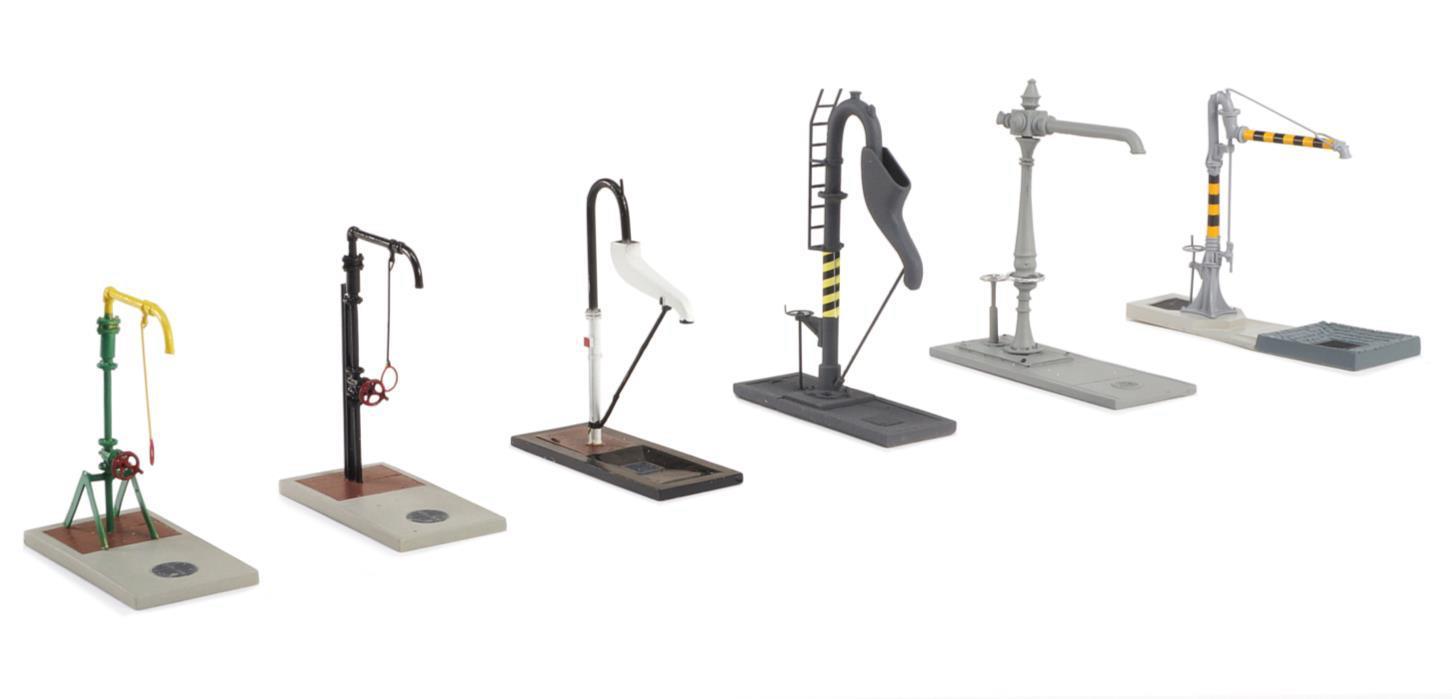
© Halling Modelle
Water Cranes
Each railway company of the 19th century had its own design, so that there were quite different types. Water cranes with an additional joint on the boom (Prussian) or with a movable water tank (Bavarian) became very popular. It made it possible to move the outlet of the water crane to the inlet opening of the water tank. The exact braking of a train is not easy and shunting time could be saved.
Today, there are only a few water cranes left and they are primarily used for museum purposes. The water supply of steam locomotives is therefore often topped up using fire hoses for special journeys, which means that the filling times are significantly longer than with a water crane. The flow rate of a water crane was 1-2 m³/min at less important water stations, but could also be 5 m³/min and even 10 m³/min towards the end of the period.
to the product
Related News
-
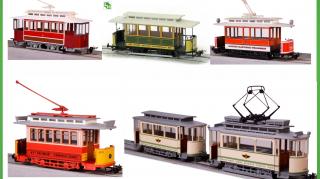
© Halling Modelle
2025-12-04
We are delighted to present five models that were personally handeled by Leopold Halling, the great-grandfather of tram modelling. The first edition of these models was delivered over 25 years ago! Today, we were able to assemble a few models from original parts and equip them with a new drive system. Contact us quickly if you want to hold a piece of tram and model tram history in your hands.
more News 2025.12 - Five rare vintage tram models
-
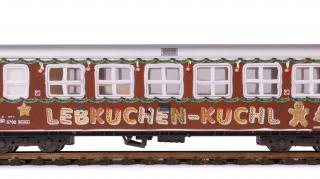
© Halling Modelle
2025-12-01
The new Christmas wagon is here!
The Mariazellerbahn buffet car is now an integral part of NÖVOG's ‘Ötscherbär’ adventure train and offers a selection of drinks as well as savoury and sweet dishes from the region. It is included on all ‘Ötscherbär’ journeys and offers refreshments for passengers during the trip to Mariazell.
more News 2025.12 - WR4ip/s 5702 „Lebkuchen-Kuchl“
-

© Halling Modelle
2025-11-29
The HALLING model advent calendar is back!
There is a child in all of us who still remembers the advent season. The days leading up to Christmas were filled with the smell of cinnamon and growing anticipation! Every day, we could see on the advent calendar how many days we still had to wait until the big day. This year, we are finally letting that child out to play again!
more News 2025.11 - Advent Calendar
-
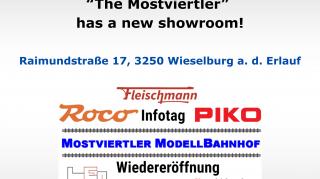
© Halling Modelle
2025-11-20
The Mostviertler has a new showroom!
Our new boss, Mr Joachim Haselmayer, also known as the Mostviertler, had already been running the Mostviertler model railway station very successfully for several decades before he bought a bag of fleas called HALLING Modelle. It started out as a small model railway shop, idyllically located in the old railway station in Wieselburg a.d. Erlauf, but it has long since outgrown its premises.
more News 2025.11 - Invitation to the Mostviertel
-
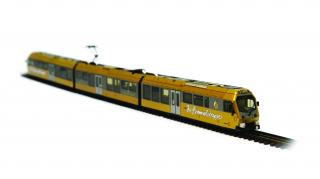
© Halling Modelle
2025-11-17
Nine places – nine treasures, but only one winner!
The Mariazellerbahn is Austria's most beautiful place! In the grand finale of the ORF prime-time show ‘9 Plätze – 9 Schätze’ (9 Places – 9 Treasures) on 25th October 2025, the Mariazellerbahn won the title of ‘Austria's most beautiful place’ for the first time, bringing it to Lower Austria. We congratulate them on their victory, even though we have always known how unique and beautiful Austria's longest narrow-gauge railway is!
more News 2025.11 - The stairway to heaven on the Mariazellerbahn railway
-
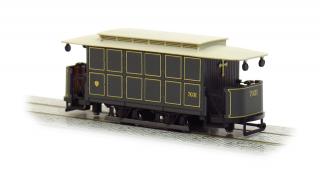
© Halling Modelle
2025-10-30
We wish you a merry All Saints' Day!
From 1918 onwards, the deceased in Vienna travelled by tram! The le 7031, converted from a former NWT steam tram car, could carry up to 12 passengers from the large Viennese hospitals, the care home in Lainz and the nursing home in Steinhof to the Vienna Central Cemetery in style.
more News 2025.10 - Viennese hearse tram le 7031er







